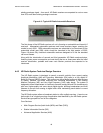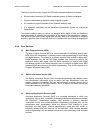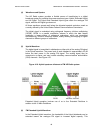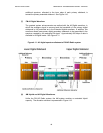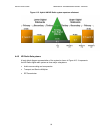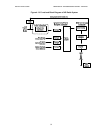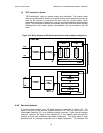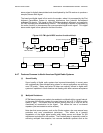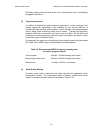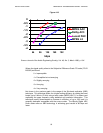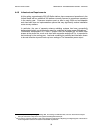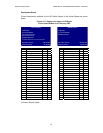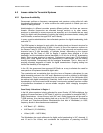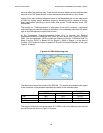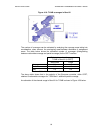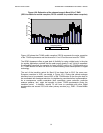DIGITAL RADIO GUIDE TERRESTRIAL TRANSMISSION SYSTEMS - HD RADIO
54
HD Radio system have also been shown to be multipath-free even in challenging
propagation conditions.
(3) Frequency Response
It is difficult to evaluate the exact frequency response of a codec, because it will
change dynamically depending on the available bit rate and the difficulty of
encoding the instantaneous audio material. A quick example can be demonstrated
using a single carrier frequency sweep on any codecs. Typically total frequency
response of 20 kHz is measured in such tests, even at 16 kbps. On the other hand,
encoding a rich stereo program on the same codec at 16 kbps, may result in a pure
monophonic signal of less than 5 kHz.
Consequently, the codec has to be tailored to the program content being broadcast.
See Table 4.5 for MPEG Layer II implementation recommendations.
Table 4.5: Recommended MPEG II data and sampling rates
for various program material
Voice program: 48 kbps . 24 KHz Sampling rate / Mono
Mono program with music: 80 kbps / 48 KHz Sampling rate / Mono
Oldies music: 112 kbps / 48 KHz / Joint Stereo
(4) Audio Quality Ratings
The basic audio quality is defined by the codec used and the ruggedness of the
transmission channel. The performance quality of different codecs when critical
material is encoded has been measured as shown in Figure 4.16.



